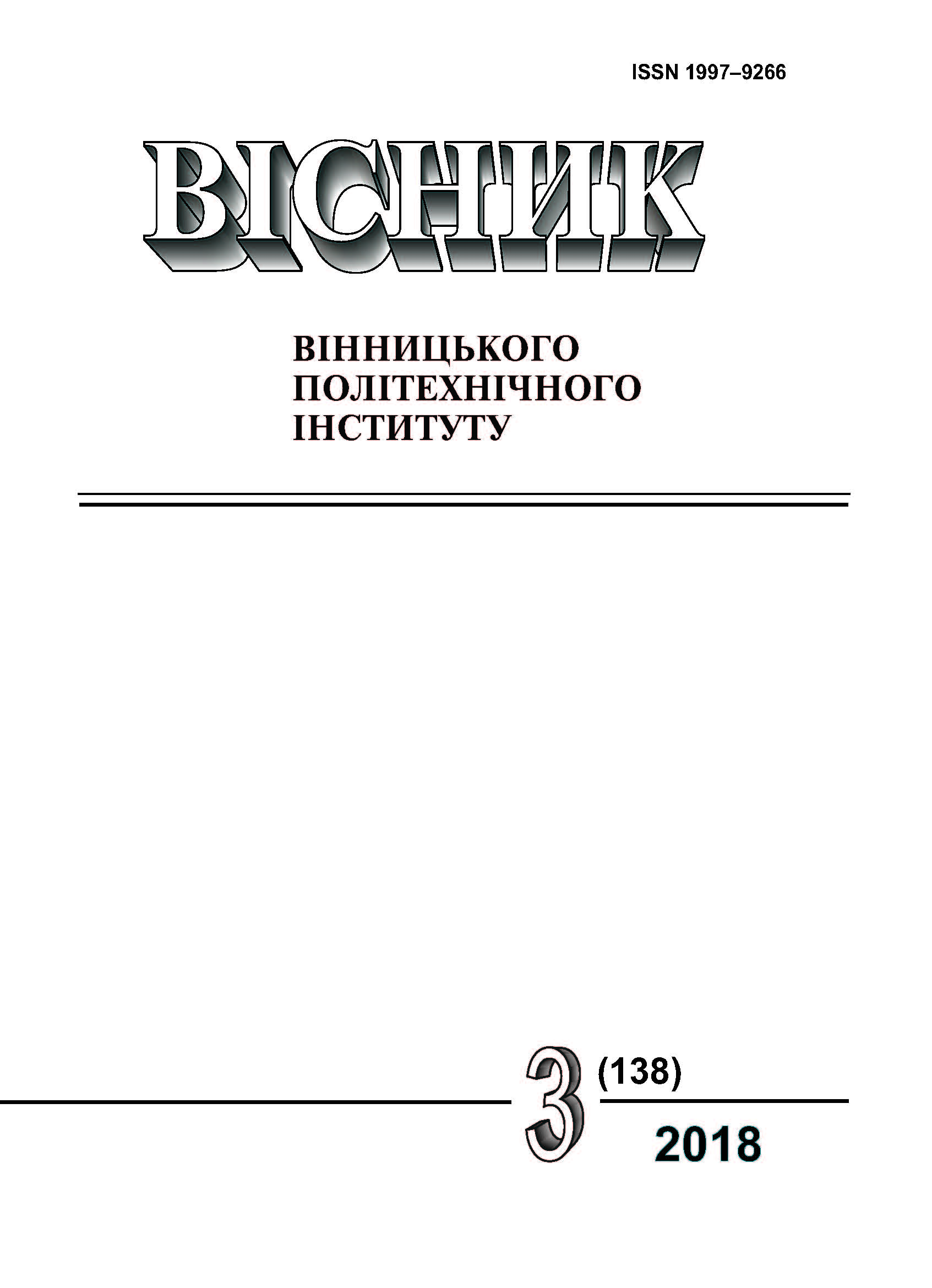Analysis of Contemporary Methods of Sulfur Definition in Hydrocarbon Fuels
Keywords:
sulfur determination methods, hydrocarbon fuels, spectroscopyAbstract
Strategy of development of oil refining and petrochemical industry involves improving the quality of petroleum products and bringing it to the world standards. One of the elements, which is a natural component of hydrocarbon fuels and negatively affects the quality of petroleum products, is sulphur. Sulfur compounds give oil an unpleasant odor and lead to corrosion of the equipment. Combustion of petroleum products produces sulfur oxides which pollute the atmosphere. The methods for the measurement of H2S, COS and other organic sulphur are very broad. The analytical method used is first dependent on the range and composition of the gas. Second the analytical technology available at the time of choice plays a role in the selection. Over the last decades new analytical techniques are developed and have become available for the measurement of the sulphur containing components. The article gives an overview of the main methods for identifying sulfur in hydrocarbon fuels; introduces classification based on four criteria: by the type of sample preparation, by the informative parameter, by the type of detection, and by measurement. The most common methods are reviewed in detail. These include gas chromatography, lead acetate tape technology, diode array spectroscopy, ultraviolet (UV) spectrometry, tunable Diode Laser Absorption Spectroscopy (TDLAS), x-ray spectroscopy, сavity ring-down spectroscopy (CRDS), titrimetric analysis (titration) and conductometry. Comparison of methods for dynamic range of analytical equipment, threshold sensitivity, repeatability and speed of analysis is conducted. Based on this data, it was determined that currently promising methods of sulfur analysis are spectral methods, which are characterized by high accuracy, sensitivity to content of very low sulphur concentrations, reproducibility of results, and ability to simultaneously determine a large number of elements in one sample. Among the obstacles for the widespread use of spectral methods nowadays are substantial cost and complexity of analytical equipment, as well as limited range of existing devices, however, spectral methods require further development and new equipment based on it.
Downloads
-
PDF (Українська)
Downloads: 472
Published
How to Cite
Issue
Section
License
Authors who publish with this journal agree to the following terms:
- Authors retain copyright and grant the journal right of first publication.
- Authors are able to enter into separate, additional contractual arrangements for the non-exclusive distribution of the journal's published version of the work (e.g., post it to an institutional repository or publish it in a book), with an acknowledgment of its initial publication in this journal.
- Authors are permitted and encouraged to post their work online (e.g., in institutional repositories or on their website) prior to and during the submission process, as it can lead to productive exchanges, as well as earlier and greater citation of published work (See The Effect of Open Access).





